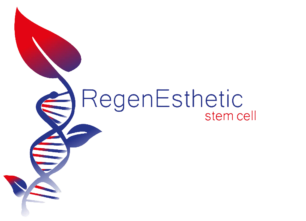The relationship between alcohol and dopamine, a crucial neurotransmitter in our brain’s reward system, is intricate and multifaceted. Understanding this connection is essential for grasping the full impact of alcohol on Alcohol Use Disorder our brain chemistry and overall well-being. To modulate the responsiveness of neighboring neurons to glutamate, dopamine modifies the function of ion channels in the membrane of the signal-receiving (i.e., postsynaptic) neuron.
- The VTA is a highly heterogeneous region that includes neurons that release dopamine, glutamate, or GABA, as well as neurons that co-release DA with glutamate or GABA.
- Cumulatively, this evidence suggests that alcohol is clearly an activator of microglia, and as previously described upregulation of microglial activation can result in neurotoxicity.
Dopamine levels return to normal after about 90 days of sobriety

The problem is, it’s a short-term fix that can lead to bigger issues down the road. Relying on alcohol prevents you from developing healthier, more sustainable coping skills. It’s like putting a bandage on a wound that needs stitches – it might cover it up for a bit, but it doesn’t actually heal anything. This system is a network of brain structures that are activated when we experience something rewarding, alcohol and dopamine like eating a delicious meal or achieving a goal. When you do something that your brain perceives as rewarding, dopamine is released, reinforcing that behavior and making you more likely to do it again. For example, if you get a rush of dopamine every time you check social media, you’re more likely to keep checking it, even if it’s not actually benefiting you.
- Interestingly, it has been shown that the medial posterior VTA is a quadrant of this region with a substantial population of hyperpolarization activated inward current (i.e. Ih)-dopamine neurons (Margolis et al., 2008), primarily projecting to the NAc (Ford et al., 2006).
- To date, the exact mechanisms underlying the changes in serotonin-metabolite levels are still unknown.
- With proper treatment and hard work, individuals can restore the neurochemical balance and give their brain a chance to recover.
Brain Recovery After Alcohol Addiction
You’ve probably heard it called the “feel-good” chemical, and that’s not entirely wrong. Dopamine is a neurotransmitter, a chemical messenger that helps nerve cells communicate. Think of it as the brain’s way of saying, “Hey, that was good, let’s do that again!” It’s released when we experience something pleasurable, reinforcing that behavior. It’s not just about pleasure, though; it also plays a role in focus and attention.
Unlocking financial success: a step-by-step guide to transforming $100 into $100k monthly by Daniel Priestley
Interestingly, endogenous opiate systems could cause the decrease in the activity of dopamine systems http://youthdata.circle.tufts.edu/index.php/2021/02/16/withdrawal-syndromes-treatment-management-approach/ that occurs during alcohol withdrawal (Koob 1996). Of particular importance regarding the role of opiate systems in alcohol reinforcement is the recent finding that opiate receptor blockers (e.g., naltrexone) reduce craving and alcohol consumption (Valenzuela and Harris 1997). When you consume alcohol, it triggers a surge in dopamine activity, primarily originating in the ventral tegmental area (VTA) and projecting strongly to the nucleus accumbens—a region deeply involved in reward and motivation. This increase in dopamine is what gives rise to the initial feelings of euphoria and well-being.

